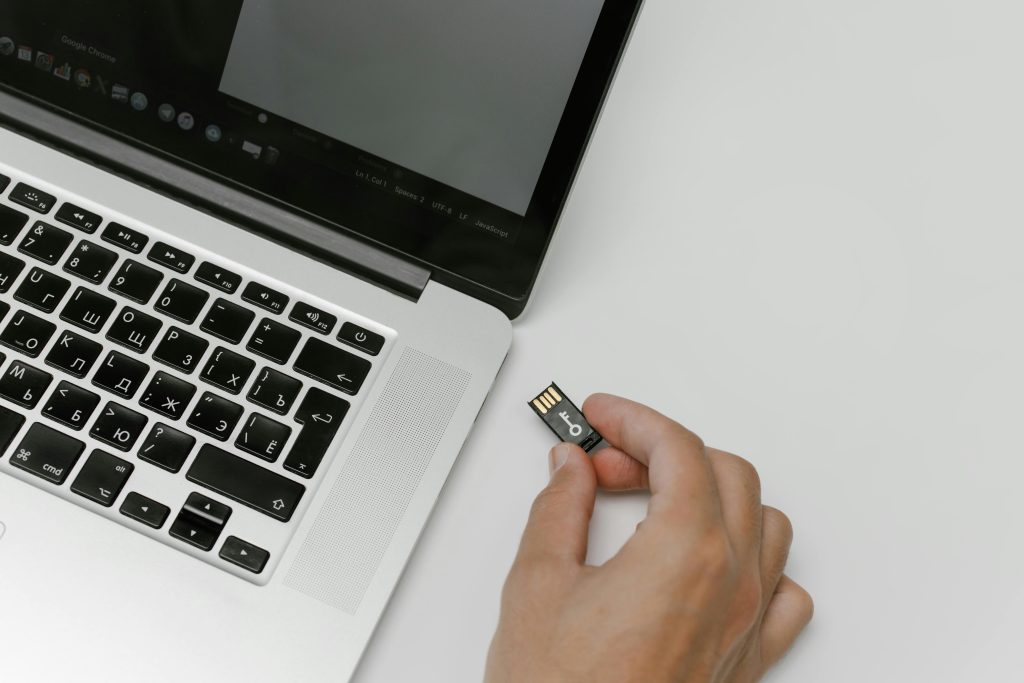Troubleshooting Inaccessible HDD with “GPT Protective Partition” Error in Windows 10: A Comprehensive Guide
Experiencing storage device issues can be both confusing and frustrating, especially when Windows reports a drive as inaccessible or displays misleading partition information. In this article, we explore a common problem where a hard disk drive (HDD) becomes inaccessible in Windows 10, shows a “GPT protective partition” message, reports an incorrect size, yet functions perfectly in a live Linux environment. We will delve into possible causes, troubleshooting steps, and best practices to resolve such issues effectively.
Understanding the Issue
Symptoms reported include:
- HDD shows up as “Healthy (GPT Protective Partition)” in Windows Disk Management.
- The reported disk size is incorrect.
- The drive appears inaccessible or unmountable in Windows.
- The disk operates normally and is fully readable/writable when booted through a live Linux environment.
Initial investigations reveal:
- The drive’s data is intact within Linux, indicating that the storage media itself is functional.
- Standard Windows troubleshooting tools such as Diskpart’s
cleancommand do not resolve the issue. - The system caches partition information across reboots, suggesting persistent data that may cause discrepancies.
What’s Going On?
The “GPT Protective Partition” message appears when Windows detects a GUID Partition Table (GPT) disk that contains no valid partitions or contains partitions that Windows cannot recognize or access. In some cases, this is a sign of:
- A disk that was previously formatted or partitioned with Linux tools.
- A disk that was cleared but still holds remnants of partitioning metadata.
- A disk that was physically disconnected improperly or has corruption in partition tables.
Interestingly, if the disk works properly in Linux, but Windows continues to show outdated or conflicting information, it often points to cached data or residual partition information lingering within Windows’ disk management subsystem.
Common Causes
-
Residual Partition Metadata: Even after wiping the disk, Windows may retain cached information about the previous partitioning scheme.
-
Incorrect or Corrupted Partition Table: The disk’s GPT may be partially corrupted or contain unrecognized structures that Windows perceives as a protective partition.
-
Incompatible Partition Types: The drive may contain Linux-specific partition types or file systems that Windows cannot interpret directly.
-
Persistent Caching by Windows: Windows sometimes caches disk information across reboots, leading to discrepancies even after formatting or cleaning.
Troubleshooting Steps
Share this content:



